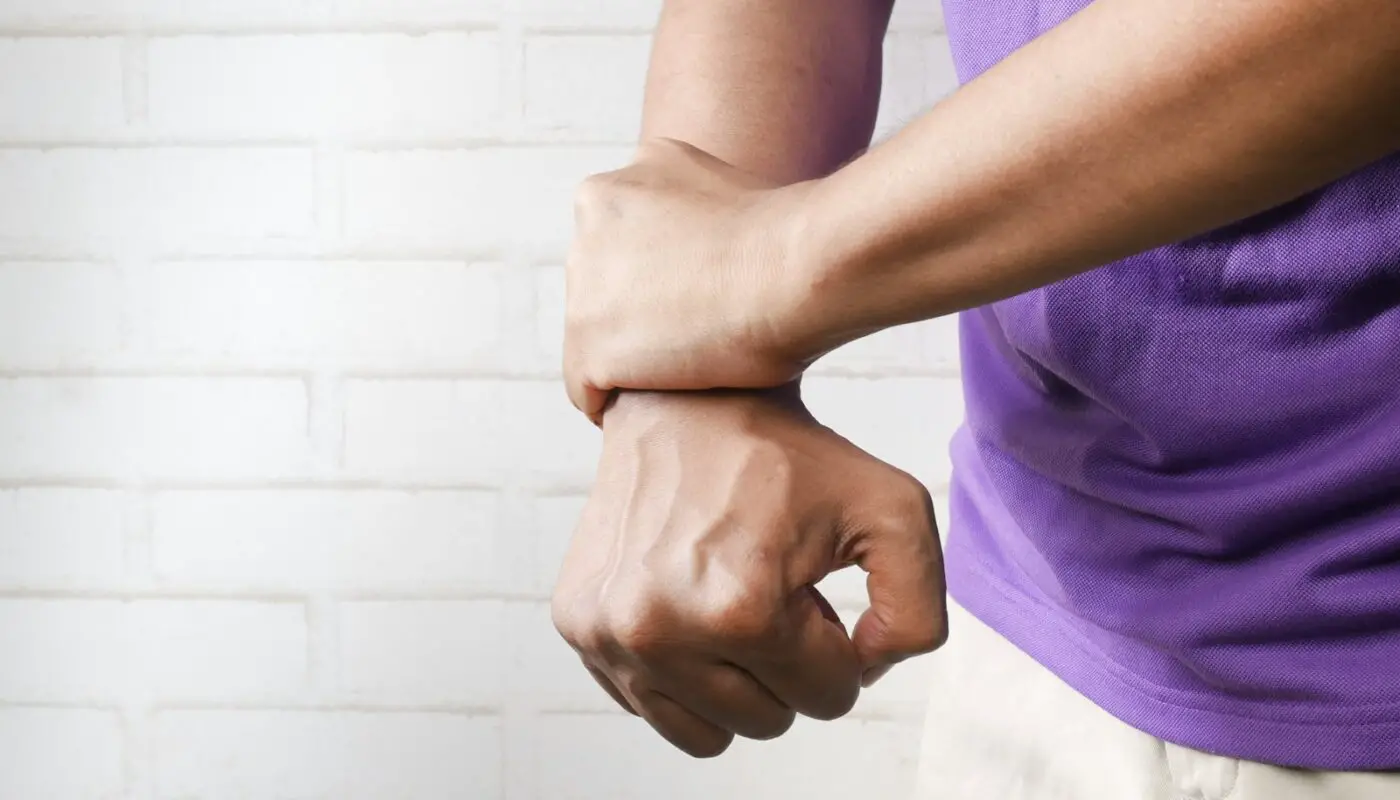Joint pain is a common condition that affects millions of people worldwide. It can range from mild discomfort to debilitating agony, and it can impact daily activities and overall quality of life. While there are various treatment options available, it’s essential to understand the root cause of joint pain to properly address and manage it.
In this blog post, we’ll dive beneath the surface and investigate the different factors that can contribute to joint pain.
Understanding Joints
Before we delve into the causes of joint pain, let’s first understand what joints are. Joints are connections between bones that allow movement and provide support to the body. They are responsible for facilitating smooth movements such as bending, twisting, and stretching.
There are several types of joints in the body, including hinge joints (like your elbows and knees), ball-and-socket joints (like your hips and shoulders), and gliding joints (like your wrists). These different joint types allow for a wide range of motion and play a vital role in our daily activities.
Common Causes of Joint Pain
Aging
As we age, the wear and tear on our joints increase, leading to joint pain. The cartilage that cushions the bones in a joint can start to deteriorate over time, causing bones to rub against each other, resulting in pain and inflammation.
Arthritis
Arthritis is a common condition that causes inflammation of the joints, leading to stiffness, pain, and swelling. There are different types of arthritis, such as osteoarthritis, rheumatoid arthritis, and gout, each with its unique causes.
Injuries
Injuries to the joints can also cause pain and discomfort. Sprains, strains, and fractures can damage the ligaments and cartilage in a joint, making it difficult to move and causing pain.
Overuse
Repetitive use of a joint, especially in activities that involve high impact or repetitive motions, can cause strain and damage to the joint. This is common in athletes and people with physically demanding jobs.
Obesity
Excess weight puts added pressure on our joints, particularly in the knees and hips. This can lead to deterioration of the cartilage and increased risk for conditions like osteoarthritis.
Genetics
Some people may be genetically predisposed to joint pain due to inherited conditions or traits such as hypermobility or weak bone structure.
Other Factors that Contribute to Joint Pain
Aside from the most common causes mentioned above, other factors can contribute to joint pain, including:
- Poor posture: Incorrect posture can put unnecessary strain on joints, leading to discomfort and pain.
- Lack of physical activity: Regular exercise is essential for maintaining healthy joints. Lack of physical activity can weaken the muscles surrounding joints, making them more susceptible to injury.
- Nutritional deficiencies: A lack of certain vitamins and minerals in our diet can impact the health of our joints. For example, vitamin D deficiency has been linked to joint pain and inflammation.
- Chronic conditions: Certain chronic conditions like fibromyalgia, lupus, and Lyme disease can cause joint pain as a symptom.
- Medications: Some medications, such as corticosteroids or statins, can cause joint pain as a side effect.
Seeking Relief for Joint Pain
If you’re experiencing joint pain, it’s crucial to seek medical advice for proper diagnosis and treatment. Depending on the cause of your joint pain, your doctor may recommend a combination of treatments such as:
- Medications: Nonsteroidal anti-inflammatory drugs (NSAIDs), corticosteroids, and disease-modifying antirheumatic drugs are commonly prescribed for joint pain.
- Physical therapy: A physical therapist can help create an exercise plan to improve joint mobility and reduce pain.
- Lifestyle changes: Maintaining a healthy weight, avoiding high-impact activities, and practicing good posture can all contribute to reducing joint pain.
- Supplements: Some supplements like glucosamine and chondroitin have shown promise in improving joint health and reducing pain.
- Alternative therapies: Acupuncture, massage therapy, and herbal remedies are alternative treatments that some people find helpful in managing joint pain.
Conclusion
Joint pain can greatly affect our daily lives and well-being. By educating ourselves on the various factors that cause joint pain and taking preventative measures, we can ensure that we maintain healthy joints for years to come. However, it is important to listen to our bodies and seek professional help if we experience persistent discomfort. If you’re experiencing joint pain in Tulsa, don’t hesitate to explore pain management options that could benefit you. By taking care of our joints, we are ultimately taking care of ourselves, so let’s prioritize our joint health and live pain-free.



